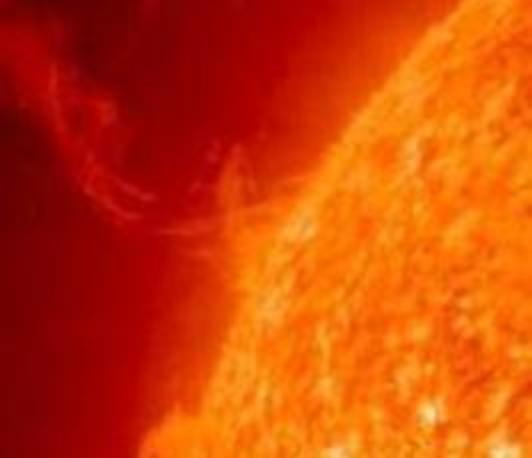Small solar flares, or microflares (GOES B class and fainter), are frequent bursts of energy released in the Sun’s atmosphere, exhibiting heating and particle acceleration similar to that of large flares. X-ray observations provide direct diagnostics to study these processes by examining thermal emission from the hot flare loops and non-thermal emission from accelerated electrons. We present analysis of the X-ray emission from small solar flares jointly observed with the Nuclear Spectroscopic Telescope Array (NuSTAR) and the Spectrometer Telescope for Imaging X-rays (STIX) on Solar Orbiter, providing different viewing angles of each event. NuSTAR is a highly sensitive X-ray imaging spectrometer that can directly image the Sun from 2.5 keV using focusing optics. STIX is an imaging spectrometer which instead uses indirect optics but has detectors capable of handling a wide range of solar X-ray fluxes from 4 to 150 keV. NuSTAR is in Earth orbit, whereas STIX is orbiting the Sun, so the two instruments combined can give different viewing angles of solar X-ray emission, providing a clearer picture of the flare’s structure. Combining analysis of NuSTAR and STIX’s X-ray spectra, we can take advantage of their different strengths, gaining a better understanding of the energy release in solar flares. We present observations of flares from June 2020 (on-disk for both instruments) and September 2022 (occulted for NuSTAR but on-disk for STIX - allowing us to probe a pre-flare non-thermal coronal source with NuSTAR and bright lower atmosphere flare emission with STIX).
[mehr]
